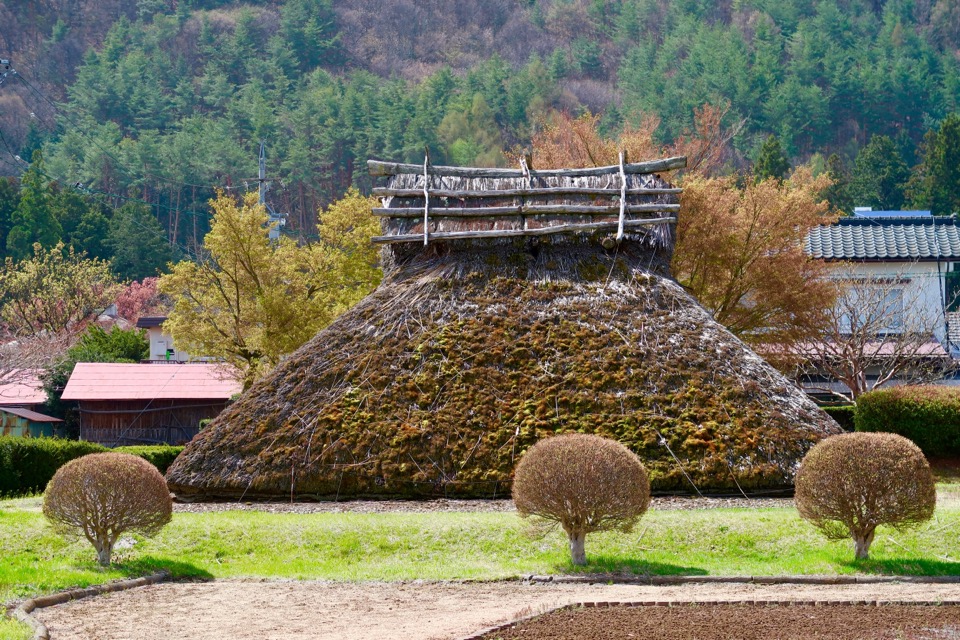

So in 784 Emperor Kammu (737-806) decided to move his capital. However, in the 8th century, Buddhist monks and priests began to interfere in politics. The reports described the products of each province as well as its plants, animals, and other resources. In 713 the governor of each Japanese province was ordered to write a report about his province. At that time Japan was divided into provinces. However, following the Chinese custom, the Japanese decided to create a permanent capital. By the late 7th century Japan was a centralized and highly civilized kingdom.Īt that time the capital of Japan was moved when an emperor died as people believed it was unlucky to stay in the same place afterward. In 670 a census was held to find out how many taxpayers there were. Peasants were made to pay taxes to the emperor either in goods like rice or cloth or in labor by working on building sites or by serving as soldiers. From then on all land in Japan belonged to the emperor.
Kofun pottery happy farmer series#
Today they are the world’s oldest surviving wooden structures.Īfter him, in 646, a series of reforms were made known as the Taika. It burned down in 670 but it was rebuilt and became a center of Buddhist learning. Shotoku also built the Horyuji Buddhist temple and monastery in 607. He brought scholars from China and Korea to Japan and he adopted the Chinese calendar. He was a patron of the arts and learning. Prince Shotoku (574-622) ruled as regent to Empress Suiko.

Most of the Japanese were happy to practice both religions.įurthermore, in the 7th century AD, the emperor became more powerful. Buddhism is more concerned with what happens after death. Shinto is more concerned with this life and its followers frequently pray for things they need or desire. The two religions, Buddhism and Shinto coexisted peacefully in Japan. Shinto has many ceremonies and festivals. Shinto does not have prophets or a sacred book but its teachings were passed on in myths. Every natural phenomenon such as a mountain, lake, tree, waterfall, and even rock has a spirit. Shinto teaches that spirits are present everywhere in nature. The native Japanese religion is called Shinto, which means ‘the way of the gods’. The Japanese also learned to plan cities in the Chinese way.Īccording to tradition in 552 AD the king of Paekche in Korea sent priests to convert Japan to Buddhism. They also learned to make porcelain, silk, and lacquer. The Japanese also learned to make paper from the Chinese. About 400 AD writing was introduced into Japan from China. At that time Japan was heavily influenced by China. Clay figures called haniwa were placed around the tombs to guard them. The rich and powerful men of the era were buried in vast tombs called Kofun. At this time Japan gradually became united. The Yayoi period was followed by the Kofun (from 300 AD to 710 AD). The leaders of Yayoi society were buried in mounds away from the ordinary people’s burial grounds. Farming and other skills also meant society became divided into classes. Yayoi people lived in villages of wooden huts. (It was named after a village called Yayoicho). The Japanese also learned to weave cloth. They also learned to make tools of bronze and iron.

At that time the Japanese learned to grow rice. They also made clay figurines of people and animals called dogu.īetween 300 BC and 300 AD, a new era began in Japan. The Jomon made tools of stone, wood, and bone. The Jomon people lived by hunting, fishing, and collecting shellfish. The word Jomon means ‘cord marked’ because those people marked their pottery by wrapping a cord around it. The period from 8,000 BC to 300 BC is called the Jomon. When the ice age ended about 10,000 BC Japan became a group of islands.Ībout 8,000 BC the ancient Japanese learned to make pottery. During the last ice age, Japan was connected to mainland Asia by a land bridge and stone age hunters were able to walk across. Human beings have lived in Japan for at least 30,000 years.


 0 kommentar(er)
0 kommentar(er)
